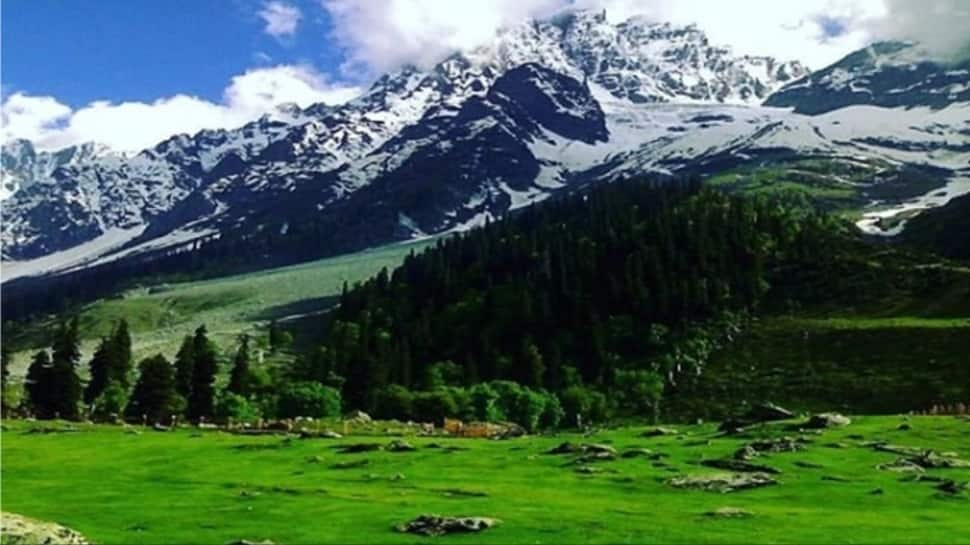New delhi: The ongoing heatwave is one of the most intenses in kashmir’s recorded history, with the India meteorological department (imd) classifying it as a severe weath ( 5-8 ° C Above Normal.
The rising tempratures forced the administration to announse the closure of all the schools in the kashmir division due to the current heatwave conditions across the region. All schools have been shut from June 23 to July 7th across the union territory.
Srinagar Hit 35.2 ° C Today, with Humidity Levels at 65%, Making the “Feels Like” Temperature Closer to 40 ° C. Nighttime lows in srinagar reached 23.2 ° C, Breaking of 135-Year Record. Other Places like Qazigund: Recorded 35.4 ° C (Record High for June), Kokernag: 34.5 ° C, Pahalgam: 30.1 ° C, Kupwara: 34.8 ° C, in Every Distrist IT Normal.
The IMD Predicts Daytime Temperatures of 34-36 ° C in the Valley Through June With No Significant Relief Untilf Until Potanial Pre-monsoon showers Arrive Arrive Around June 27-28. Humidity is expected to Rise more.
Mukhtar Ahmad, Director Met, Said, “The Heatwave will continue today and tomorrow. General hot and humid weather with the posesibility of a heatwave at multiplety places. Humidity Factor Has in Temperatures.
Tourist Resort Places like Gulmarg, Pahalgam, and Sonamarg Who Pahalgam was at 24 degrees, Gulmarg Ski Resort was at 23 degrees. The met department has predicted the heat wave conditions to continue till June end with some light shows on 28th June.
The official and administration has advised people, especially kids and eldemerly persons, not to do outdoor activities as heat wave conditions control. Farmers are also advised to do farming after checking the imd forecast.
A Study Says Rising Global Temperatures have frequency in frequency in the Himalayas. A 2024 study by the university of kashmir noted a 1.5 ° c regional temperature risk since 1980. Green Cover in the City Dropped 12% from 2000 to 2025, per satellite data.
Kashmir has a 15% loss of forest cover since 2010 in the pir panjal range, which reduces cooling effects and moisture retention. Jammu and Kashmir Have 18% Reduction in Snow Cover in the Last 10 years, Causing More Heat Absorption. Even this year, kashmir had a major rain deficit. In winters, it an 83% deficit in June, which is a 26% rain deficit.









